Green thumb: landscape architect Enzo Enea on bringing mysticism to Miami’s waterfront
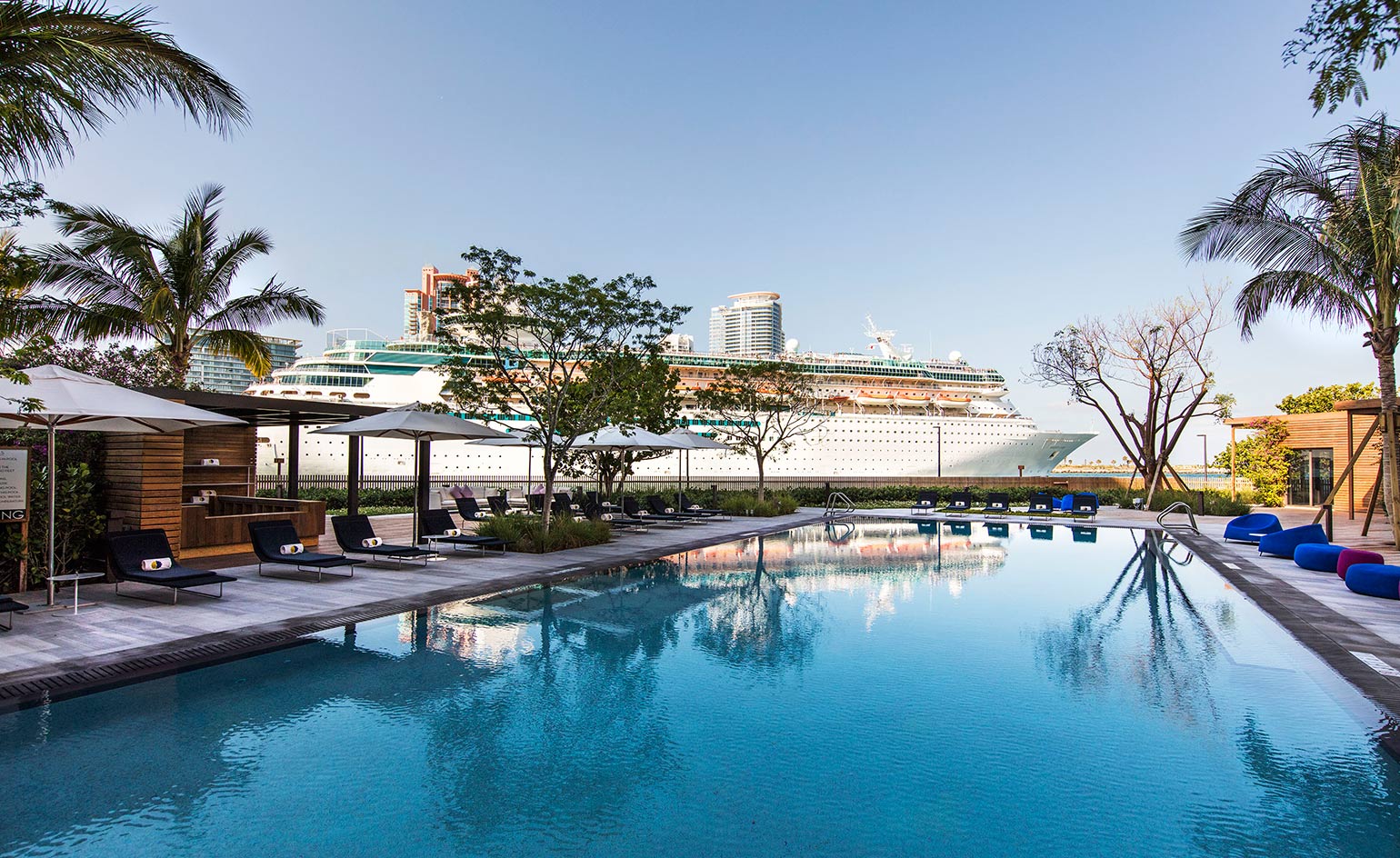
From his first job working on the landscaping of Hawaii’s Sheraton Hotel in the 1990s, Enzo Enea has been refining his craft. So much so that the Swiss-based founder and CEO of Enea Landscape Architecture is, these days, the go-to guy for creating lush green spaces that combine head-turning showmanship with a nuanced eye for balance and intimacy.
These are particularly busy times for Enea’s practice especially in Miami where his name is on the hoardings of a clutch of bold-faced projects including Enrique Norten’s One Ocean, Arquitectonica’s Oceana Bal Harbour, Zaha Hadid’s One Thousand Museum, OMA’s Park Grove and Isay Weinfeld’s Fasano Residences + Hotel Miami Beach.
He recently completed work on the 43-residence condominium Palazzo del Sol, a palatial community on Fisher Island’s last prime waterfront development site, whose 10ft high floor-to-ceiling windows look out over the Atlantic Ocean, South Beach and downtown Miami.
We took the opportunity to pin the landscape architect down to find out more...
Wallpaper*: What was the brief for the Palazzo del Sol, and how did you interpret it?
Enzo Enea: Two years ago, we were approached by Fisher Island Holdings to develop a landscape concept for the outdoor spaces of Palazzo del Sol. The brief was to create a completely new concept of outdoor living, by maximising the use of the exterior areas and making the outdoors an extension of the interior spaces of the Palazzo del Sol building.
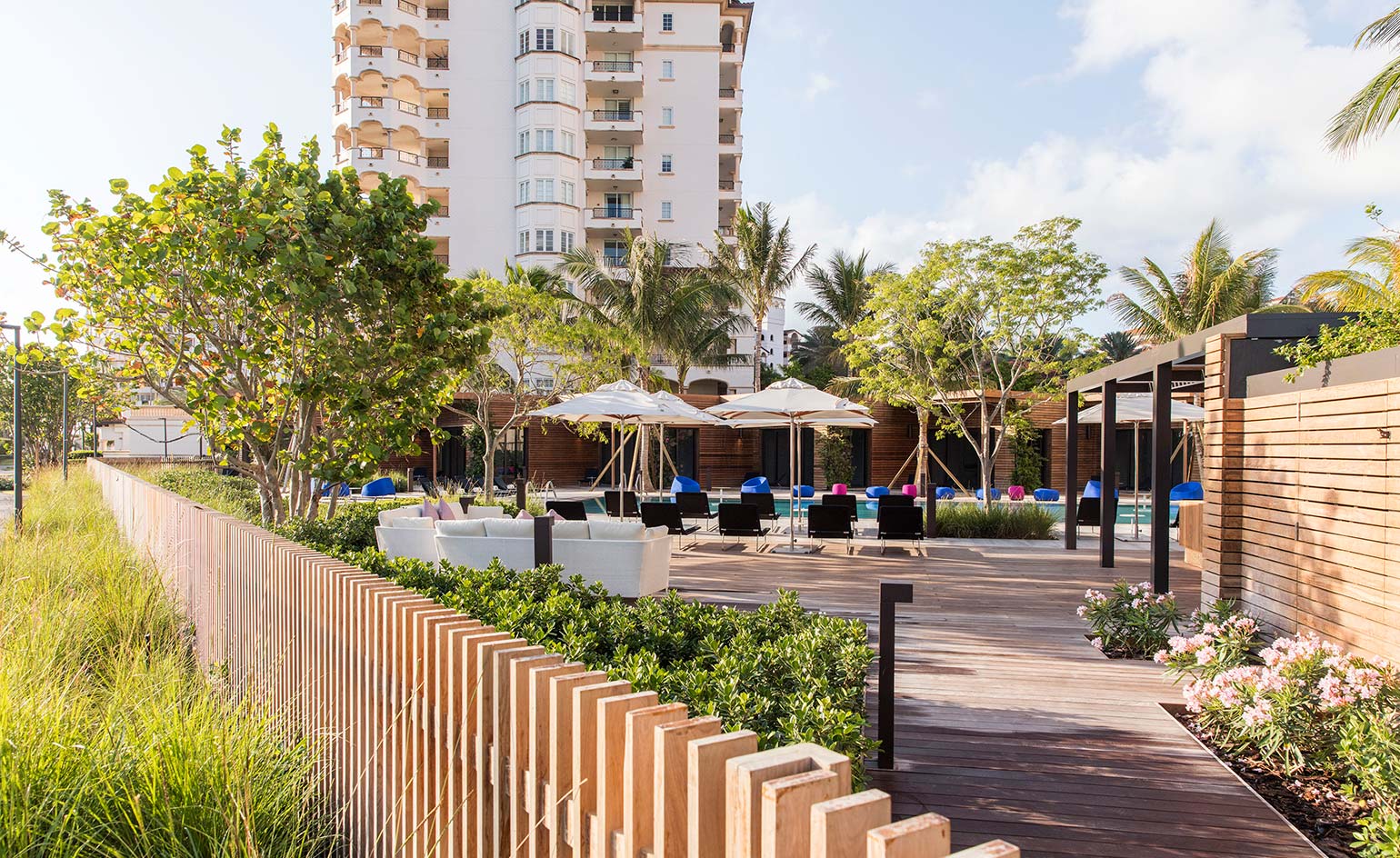
Enea worked with Miami's specific micro-climate in order to create a design that would feel at home in the city
In a tropical climate like Miami’s where temperatures can exceed 40°C, such a requirement requires careful study to create a micro-climate that would allow the families to really enjoy the outdoors. We were inspired by the idea of indoor and outdoor connectivity, but the view of the water was key. It’s why we changed the position of the cabanas to face the water and open up views by strategically placing trees and palms away from those views.
W*: What was the most challenging aspect of the project and how did you resolve it?
EE: The project was already under construction before we were involved, so that made the design process atypical. It was a challenge to catch up. As there was no pause in the construction schedule, we had to provide a concept design that was not only fresh, but feasible in terms of constructibility. We had to work efficiently to build trust and bring value to the project. Happily, the client was very open to the bold moves we proposed.
W*: Which part of the project are you proudest of?
EE: The most notable part of the gardens is the arrival and porte-cochère drop-off, and the pool deck that overlooks the waters of Government Cut and South Point Park. We designed architectural elements draped with flowering vines to make the space more green and fresh. The design weaves the natural paving materials with varying textures and shades of green to make a natural but manicured landscape.
W*: What is your assessment of the state of landscape architecture today?
EE: Landscape architecture is fundamentally about designing our future environment and producing remarkable transformations. It is a combination of science, engineering, biology and art, and it is more complex than most people can think. It is hard to think of another profession that has accomplished so much for society.
W*: What are some pitfalls that young practitioners starting out in the business should be aware of?
EE: It is important to be practical. Pushing the envelope in design is a given; however, it is important not to lose sight of the goal of the projects, and to respect the client’s budget.
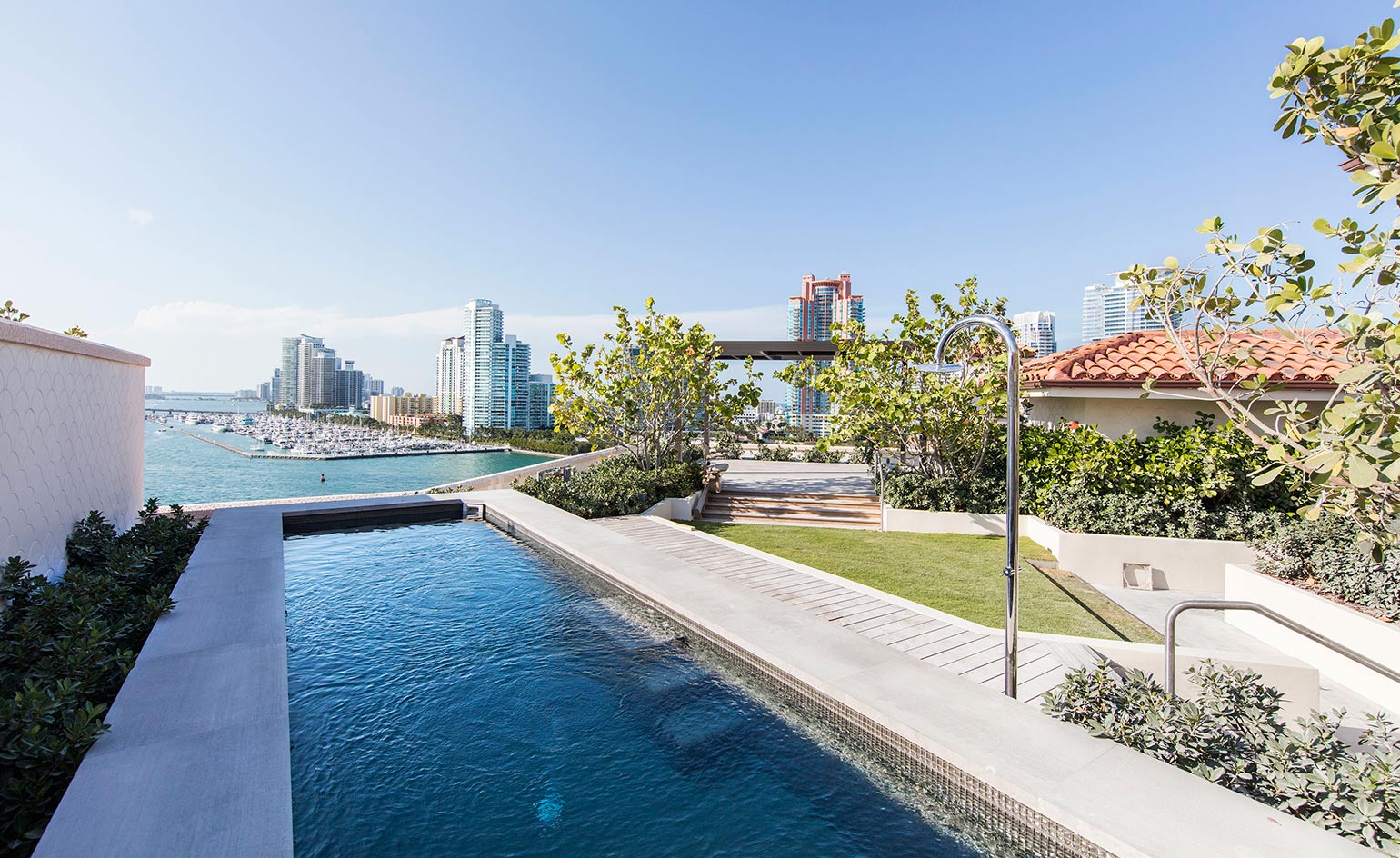
Water views were key, so the architect worked towards opening up views to the sea
W*: What, in your view, are some common mistakes made by landscape architects?
EE: Not integrating the landscape design with the building architecture and the place. The landscape architect must be aware of the surroundings, the climate, the plant-hardiness zones, the style of the architecture. It’s not about decorating, but integrating.
W*: Who do you think is doing great work in your field these days?
EE: An important scope of landscape architecture is to generate value to a place. A good example is the High Line in New York. By activating this space, every developer building around Manhattan’s West Side has profited. London’s Hyde Park is another example for how important landscape is in a city.
W*: Who has influenced or inspired you?
EE: My personal design philosophy has its roots in my childhood in Italy. The summers I spent on my grandfather’s farm rooted in me the mystical properties of nature. He was part of a long line of Italian stonemasons, and my father carried on this tradition with a stone and terracotta garden decoration business. As a child, I helped my grandfather with his fountain building and, in the process, came to appreciate the importance of stone and water in the garden as calming, therapeutic elements. In 1990, I went into the business of landscape design, when I joined my father. That early exposure to the hands-on, construction aspect of the garden trade, as well its financial facets, influenced how my company was developed, and how it runs today.
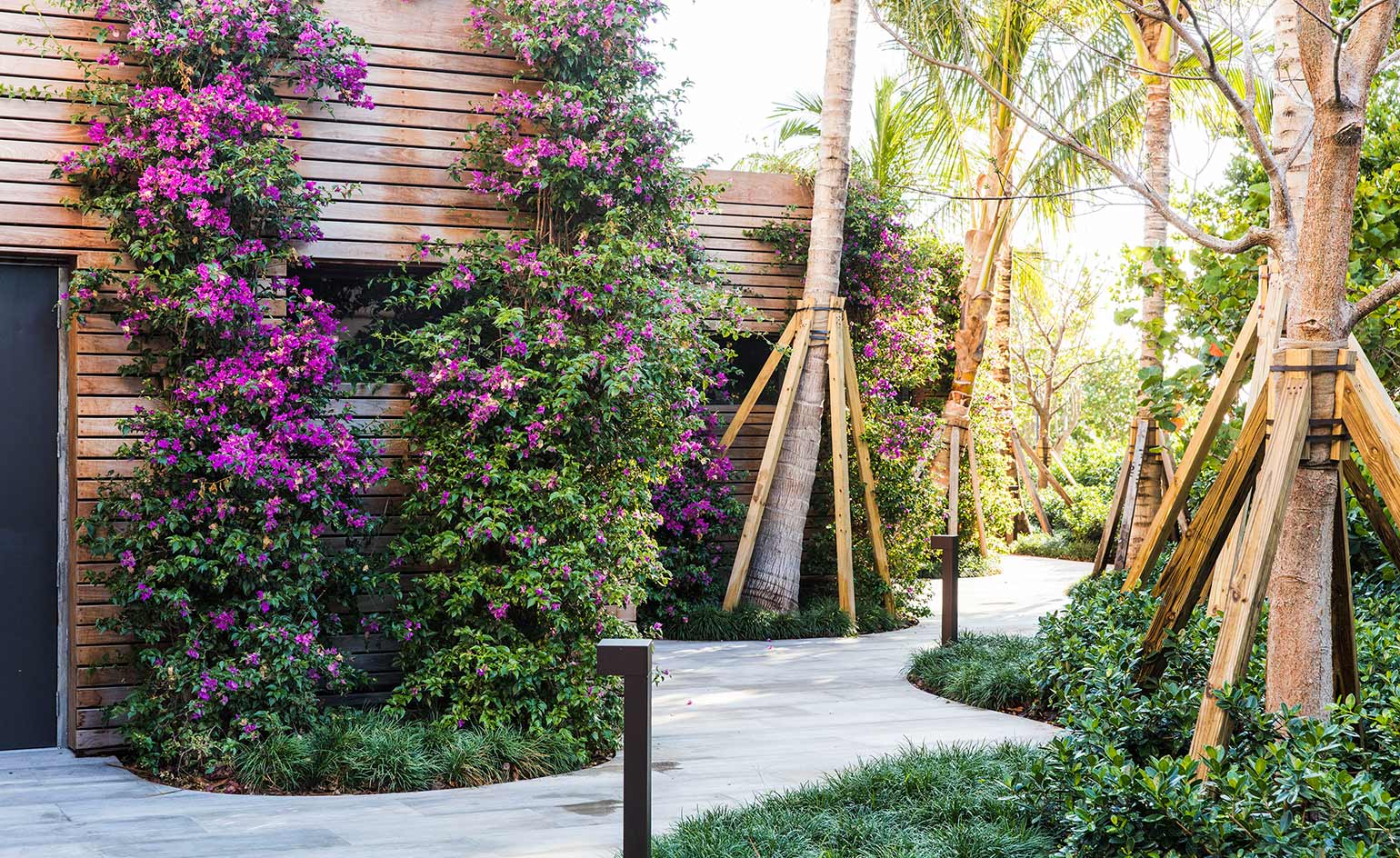
For Palazzo del Sol, Enea aimed to make the external areas an extension of the interior spaces
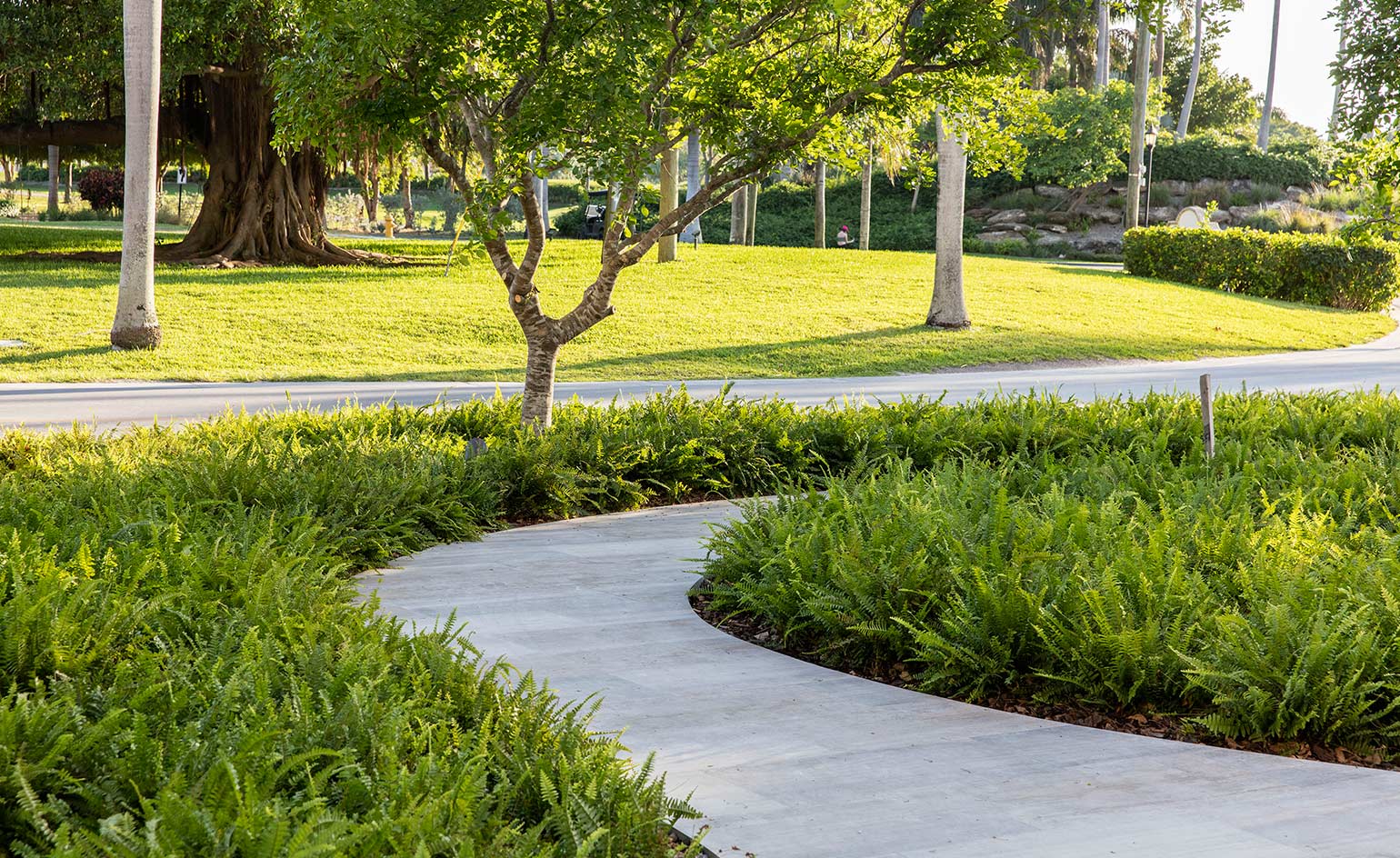
The design weaves the natural with the man-made, integrating landscape and architecture
INFORMATION
For more information visit Enzo Enea's website
Receive our daily digest of inspiration, escapism and design stories from around the world direct to your inbox.
Daven Wu is the Singapore Editor at Wallpaper*. A former corporate lawyer, he has been covering Singapore and the neighbouring South-East Asian region since 1999, writing extensively about architecture, design, and travel for both the magazine and website. He is also the City Editor for the Phaidon Wallpaper* City Guide to Singapore.
-
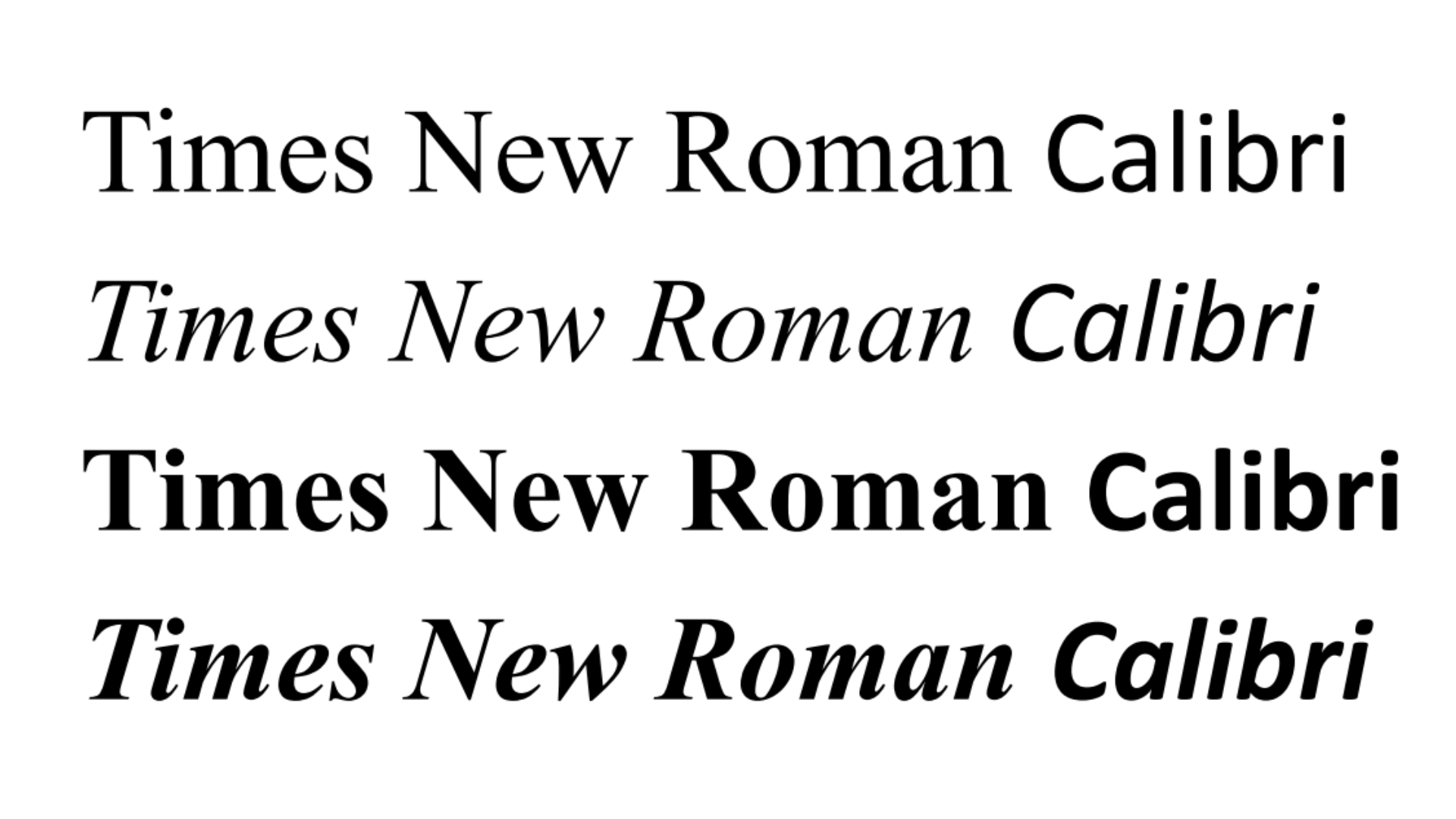 Is the Calibri typeface 'woke'? We asked its designer
Is the Calibri typeface 'woke'? We asked its designer'It's more a compliment than something bad for me,’ says the Dutch type designer Lucas de Groot
-
 The Wallpaper* Design Awards are back in 2026 – see who's shortlisted
The Wallpaper* Design Awards are back in 2026 – see who's shortlistedOur annual design awards returns in January – here are the first shortlisted nominees
-
 RIBA House of the Year 2025 is a ‘rare mixture of sensitivity and boldness’
RIBA House of the Year 2025 is a ‘rare mixture of sensitivity and boldness’Topping the list of seven shortlisted homes, Izat Arundell’s Hebridean self-build – named Caochan na Creige – is announced as the RIBA House of the Year 2025
-
 Remembering Robert A.M. Stern, an architect who discovered possibility in the past
Remembering Robert A.M. Stern, an architect who discovered possibility in the pastIt's easy to dismiss the late architect as a traditionalist. But Stern was, in fact, a design rebel whose buildings were as distinctly grand and buttoned-up as his chalk-striped suits
-
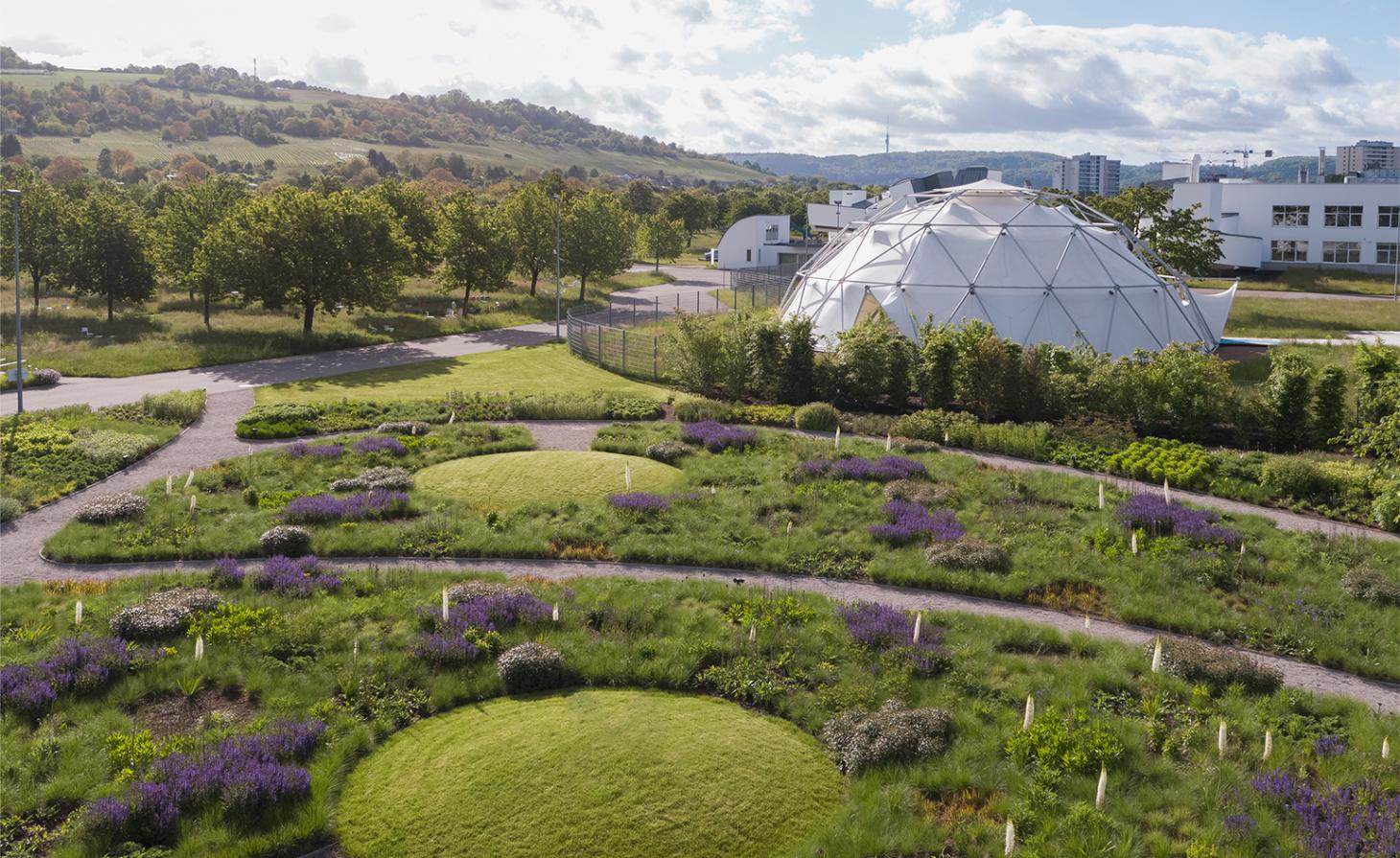 Piet Oudolf is the world’s meadow-garden master: tour his most soul-soothing outdoor spaces
Piet Oudolf is the world’s meadow-garden master: tour his most soul-soothing outdoor spacesPiet Oudolf is one of the most impactful contemporary masters of landscape and garden design; explore our ultimate guide to his work
-
 Own an early John Lautner, perched in LA’s Echo Park hills
Own an early John Lautner, perched in LA’s Echo Park hillsThe restored and updated Jules Salkin Residence by John Lautner is a unique piece of Californian design heritage, an early private house by the Frank Lloyd Wright acolyte that points to his future iconic status
-
 The Stahl House – an icon of mid-century modernism – is for sale in Los Angeles
The Stahl House – an icon of mid-century modernism – is for sale in Los AngelesAfter 65 years in the hands of the same family, the home, also known as Case Study House #22, has been listed for $25 million
-
 Houston's Ismaili Centre is the most dazzling new building in America. Here's a look inside
Houston's Ismaili Centre is the most dazzling new building in America. Here's a look insideLondon-based architect Farshid Moussavi designed a new building open to all – and in the process, has created a gleaming new monument
-
 Frank Lloyd Wright’s Fountainhead will be opened to the public for the first time
Frank Lloyd Wright’s Fountainhead will be opened to the public for the first timeThe home, a defining example of the architect’s vision for American design, has been acquired by the Mississippi Museum of Art, which will open it to the public, giving visitors the chance to experience Frank Lloyd Wright’s genius firsthand
-
 Clad in terracotta, these new Williamsburg homes blend loft living and an organic feel
Clad in terracotta, these new Williamsburg homes blend loft living and an organic feelThe Williamsburg homes inside 103 Grand Street, designed by Brooklyn-based architects Of Possible, bring together elegant interiors and dramatic outdoor space in a slick, stacked volume
-
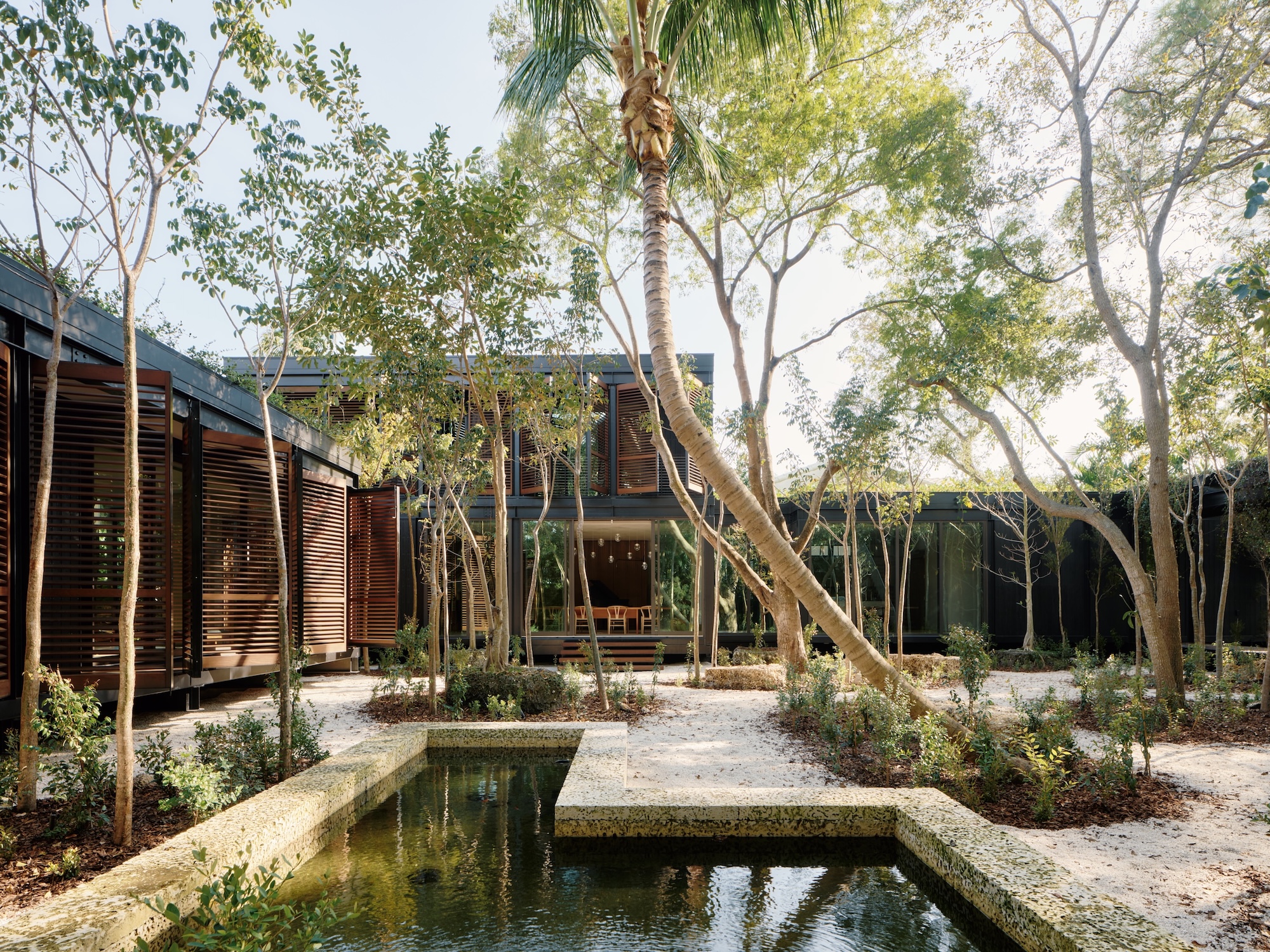 This ethereal Miami residence sprouted out of a wild, jungle-like garden
This ethereal Miami residence sprouted out of a wild, jungle-like gardenA Miami couple tapped local firm Brillhart Architecture to design them a house that merged Florida vernacular, Paul Rudolph and 'too many plants to count’